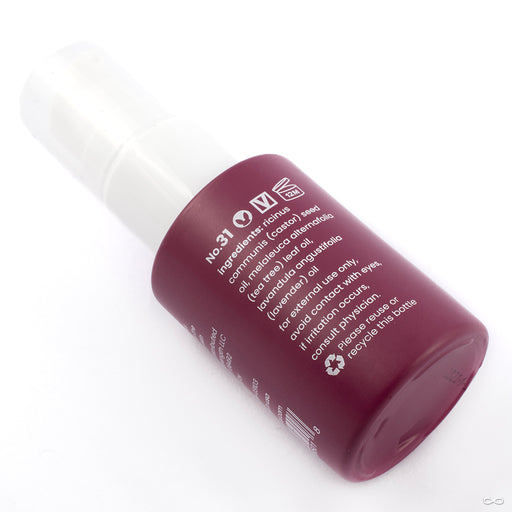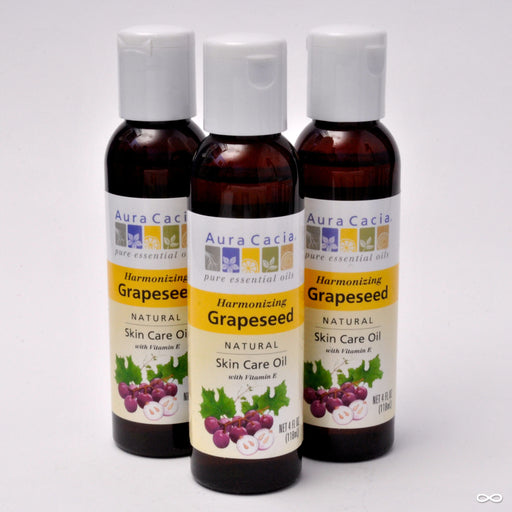Rinse Your Mouth
Rinse your mouth with water after eating, drinking, or smoking anything during the day. It’s the rinsing itself that is doing the work, not what you’re rinsing your mouth with, so the gentler solution is the best choice for speedy healing. Using a mouthwash too often—or one that is too harsh—can easily do more harm than good.
Limit non-alcoholic mouthwash rinses to twice a day, with the same frequency that you would clean any other piercings. Stay away from alcohol-based products like Listerine® or similar brands. These are far too harsh, and repeated use can actually slow down healing. Instead, use a mild, alcohol-free mouth rinse.
In addition to rinsing your mouth, you will also need to clean the piercing on the outside of your lip, cheek, philtrum, or beauty mark piercing. For this, follow the suggestions under Basic Piercing Aftercare for using a sterile saline or plain-water rinse.
Expect Swelling
Oral piercings will usually swell significantly for several days after they are done, and some swelling may even be present for several weeks. Anti-inflammatories like ibuprofen (Advil® or Motrin®) may help. Keep your head elevated the first week while sleeping (use extra pillows). Avoid anything that thins your blood, like alcohol or aspirin, or makes your heart rate go up, like caffeine or stimulants. Avoid drinking straws and water pipes.
Downsize your jewelry after your initial healing period. To allow for swelling, your initial post will be longer than the jewelry that will ultimately be worn. Once the initial swelling is down it’s important to come back into the studio for a more snug-fitting piece of jewelry. Watch for the swelling to go down to where the tissue is the same size as before being pierced. For lip and tongue piercings this means coming back into the studio two to three weeks after your initial piercing.
Our jewelry is made of several pieces, and each piece can be purchased separately. For lip piercings, this usually means purchasing a shorter press-fit labret or threaded labret post. For tongue piercings this would mean purchasing a new threaded barbell shaft. Be aware: there is a fee for a new post, as this is not covered in the original cost of the piercing.
This is obviously an estimate of time allotted for swelling. If you find that your tissue is still filling up the whole wearable surface on your jewelry, you may need to wait a little longer before shortening the post. Otherwise, it is important that the original, longer/larger jewelry is not left in longer than needed. With oral piercings there is a risk of gum and teeth damage with ill-fitting jewelry, in addition to the piercing migrating and ending up with crooked placement.
When in doubt, stop in and have us take a look at it. We don’t mind!
Keep Jewelry In
Oral piercings usually heal in about four to eight weeks. Jewelry can be changed after healing, but it should never be left out, even for short periods of time. Oral piercings close very quickly, making reinsertion of jewelry difficult—sometimes impossible. If you like your piercing, keep jewelry in it!
Eat What You Want
While healing an oral piercing you are not restricted in what you should eat, but by what you can eat. Spicy-hot and temperature-hot foods may be uncomfortable, but cold foods can be soothing. Acidic drinks (like citrus fruit juices) may irritate fresh piercings. Eat what is comfortable for you, but if you can, limit your alcohol consumption during the initial healing, as it can be irritating and cause more swelling. Lastly, take it easy on smoking during healing, if you can.
Avoid Wet Kissing and/or Unprotected Oral Sex
Remember: this is an open wound while it is healing. Any fluid exchange should be considered unsafe sex. Even if you are in a monogamous relationship, your partner still has different natural bacteria than you do and introducing this foreign bacteria can lead to an infection. After the piercing is healed, go for it!











